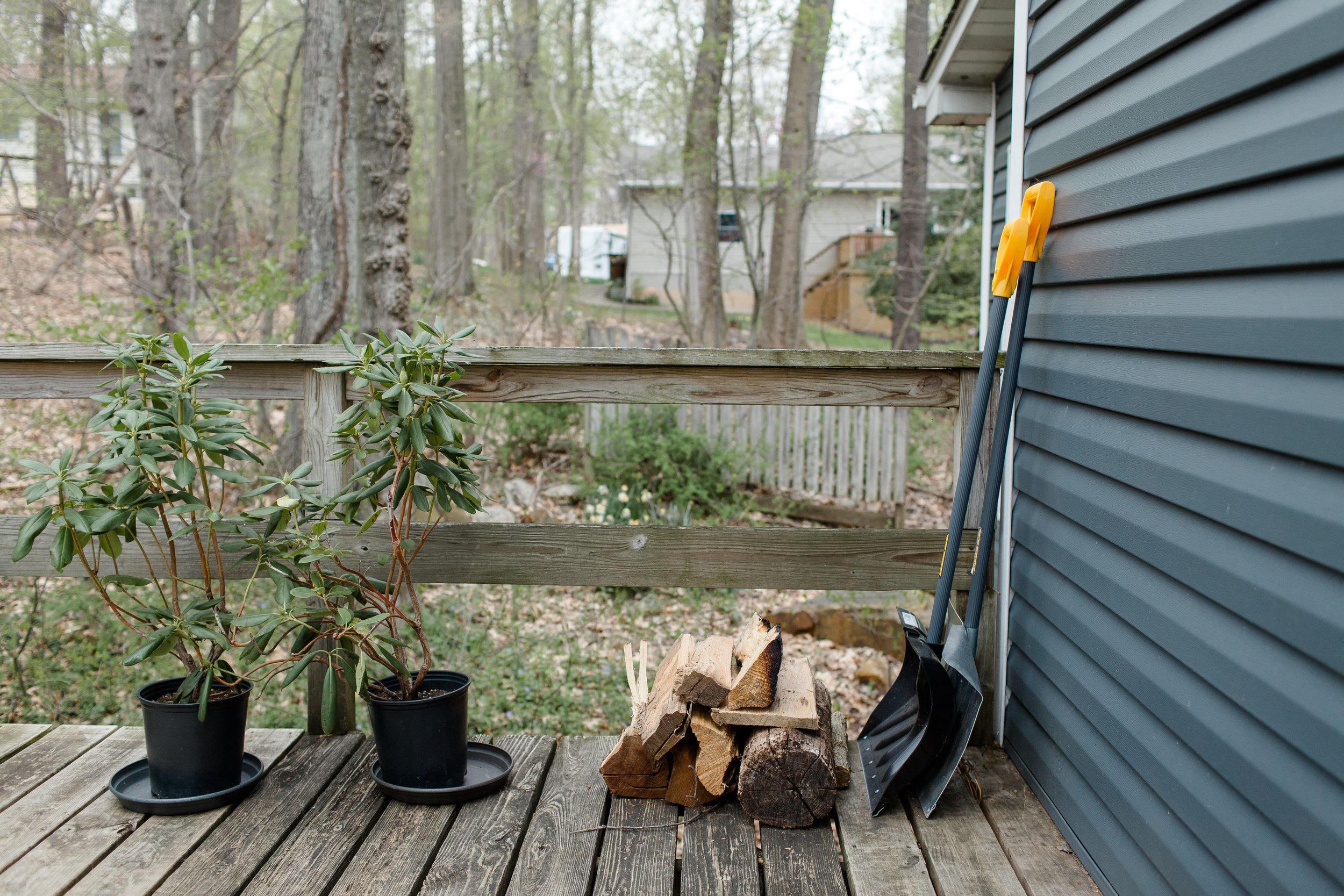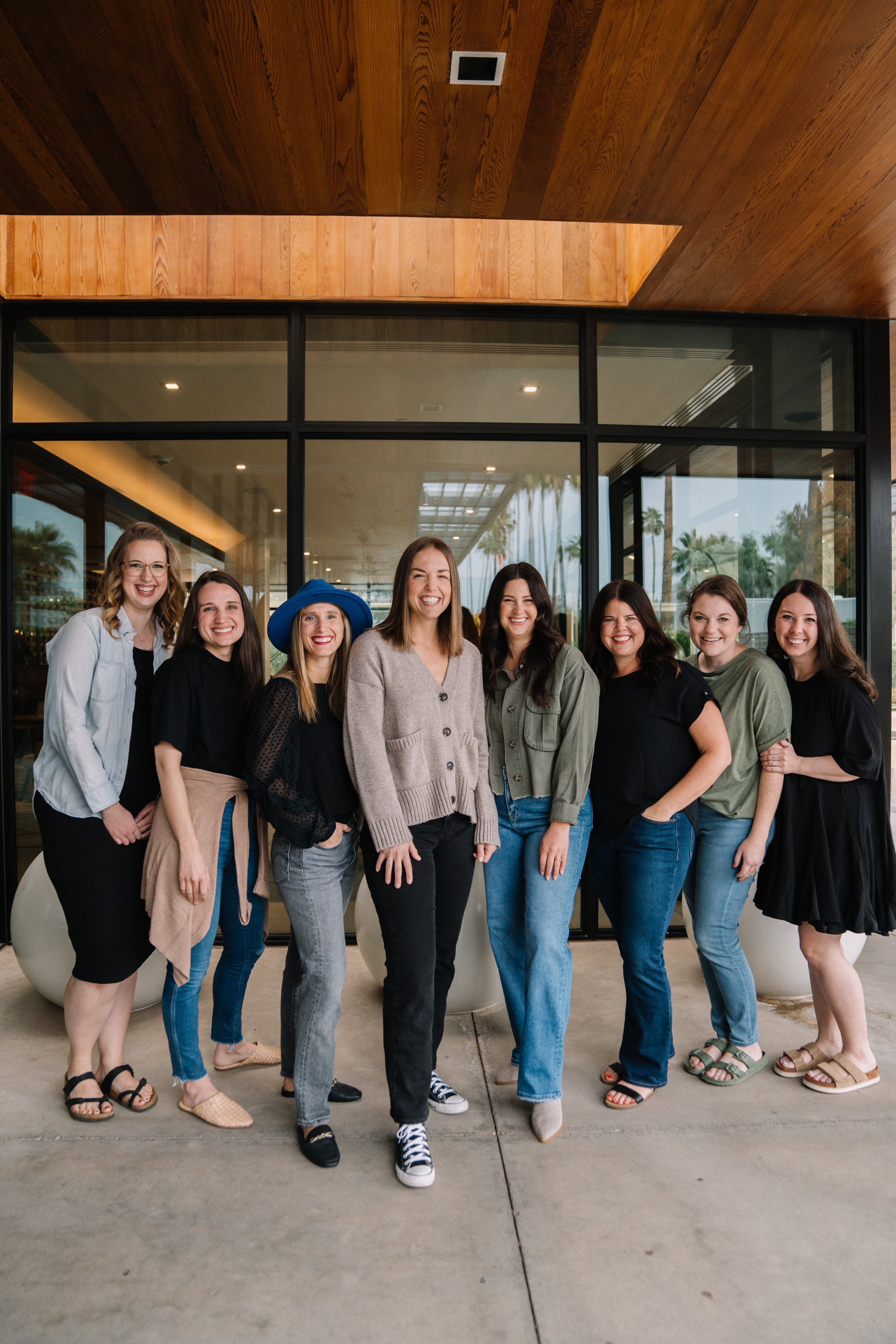Letting Kids Loose on God’s Word
A few weeks ago, I found an old handwritten letter dating from April 2020. We were then in month two of a nationwide lockdown in the UK, and, with time to spare, I’d sat down and written this note to a friend. I don’t know why I never sent it—but I’m glad I didn’t, because otherwise its contents would have been forgotten!
I wrote about how I’d been looking at Mark 8, where Peter declares that Jesus is the Messiah, with some 11-year-old girls from my church—on Zoom, since none of us were allowed to leave our houses. The starter question was, “Do you think there is such a thing as ‘the One’?” The girls enjoyed that question, and we moved on through the passage.
Then we got to Peter’s declaration about Jesus. One of the girls gave an audible gasp and started flapping her hands in the air. “He’s the One!” she cried. “Is he the One?!”
I wrote: It was one of those holy moments. I found myself grinning from ear to ear, whispering: “Yes. He is the One.”
There were other moments like this in those Bible studies, too. I’d been dreading running our youth group on Zoom because we were used to hands-on talks, games, and activities that made the teaching point memorable. All of that was gone, and it was just a long, old, traditional Bible study over a computer screen. It seemed like it would be awkward and not particularly engaging. Yet in that stripped-back format, we actually experienced some of the best and most “holy” moments we’d ever had with those girls.
Let Them Loose
It’s true for parents as much as for youth leaders. We can get caught up in the activities or the craft, desperate to make sure our children are enjoying themselves and won’t say that Christian things are boring. Or we focus so determinedly on the teaching point we want them to grasp that we forget to help them get there themselves. We may unintentionally keep them from interacting with God’s Word—the actual text of it—and responding personally.
Enjoyment and clarity of doctrine are dually important (I work for a Christian publisher and I’m thinking about both all the time!). But letting kids loose on God’s Word is important too. In fact—it’s freeing. Particularly as a parent. Maybe we worry about the deep theological knowledge we don’t have—How can I answer my child’s hard questions? Or maybe it’s biblical knowledge—Which order did Elijah and Elisha come in again? But if our plan is to let our kids simply look at the Bible for themselves and ponder it, we’re free. It’s God’s job to speak, not ours.
Meg’s Question
Of course, there will still be hard questions—and funny ones. One of my favorite experiences reading the Bible with children was with a small group of 7- and 8-year-olds. We were looking at a psalm—I forget which one now—but it contained a poetic metaphor. Little Meg didn’t understand: “Why does he say that, if he doesn’t really mean it?” I explained that sometimes poetry says things in strange ways to help us feel them better. “It’s called poetic license,” I said. Meg furrowed her brow. Then, “Oh,” she said, “like a pen license!” She was referring to a recent award from her teacher saying that her handwriting was good enough to write with a pen, not a pencil. I was completely baffled—but we turned back to the psalm happily enough, and Meg began to engage with the psalmist’s metaphor.
The Bible had surprised her; it was not straightforward to understand. But that didn’t actually have to be a problem.
Simple Tools
We can prepare our kids to explore Scripture for themselves by providing simple tools to help them get what’s going on. In those studies with Meg and her friends, we used to print the psalm out in different colours to help them see how it fell into sections. Or we might ask a single key question for kids to bear in mind as they read or listen to the Bible text. Tools like these mean that it’s okay to not understand absolutely everything. We can still figure out what the text is basically saying without knowing every word.
It's the same with helping them to respond and reflect. I sometimes give children a single key verse to color in or ask them to pick their own favorite verse to remember. In our youth group studies, I’ve asked students to make their own piece of art based on what they’ve read or come up with a set of actions or gestures that reflect it. There’s no particular agenda, no specific point I want to ram home—I’m just inviting them to take ownership over what they’ve read and respond to it in their own way.
It is, of course, often useful to have a key teaching point or application idea in your mind as a parent. We want to teach kids faithfully and truly, and sometimes that means telling them what’s what! But let’s not forget to include times when we simply support children and young people to ponder and respond for themselves—just like adults do.
And as they are let loose on God’s Word, let’s pray for “holy moments.” Let’s pray that these small sheep will hear their Shepherd’s voice and that they’ll know it to be good.










